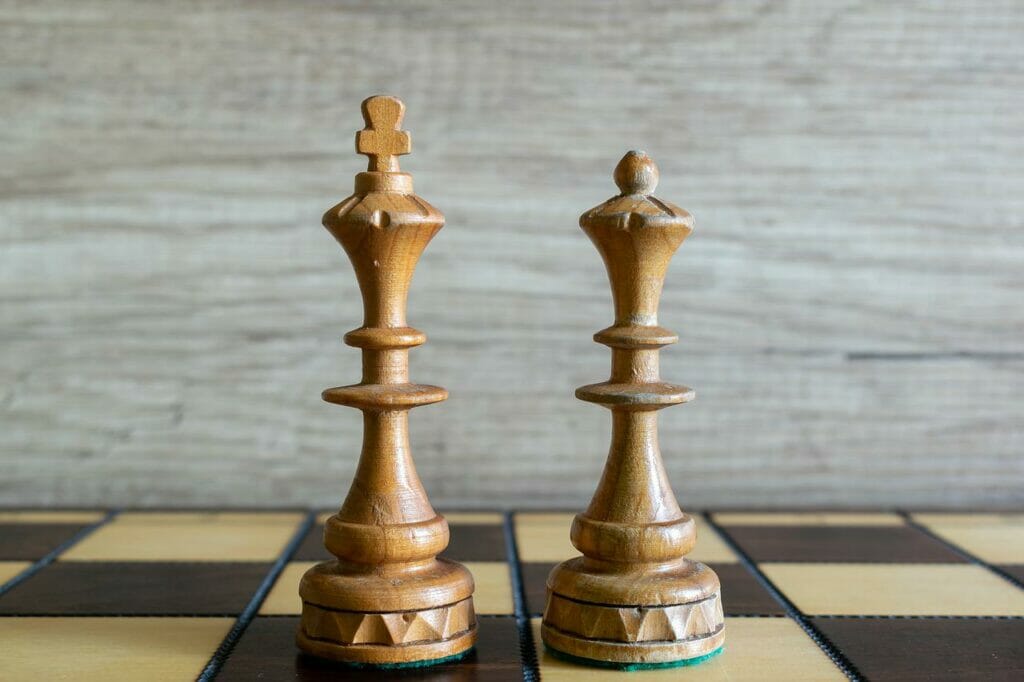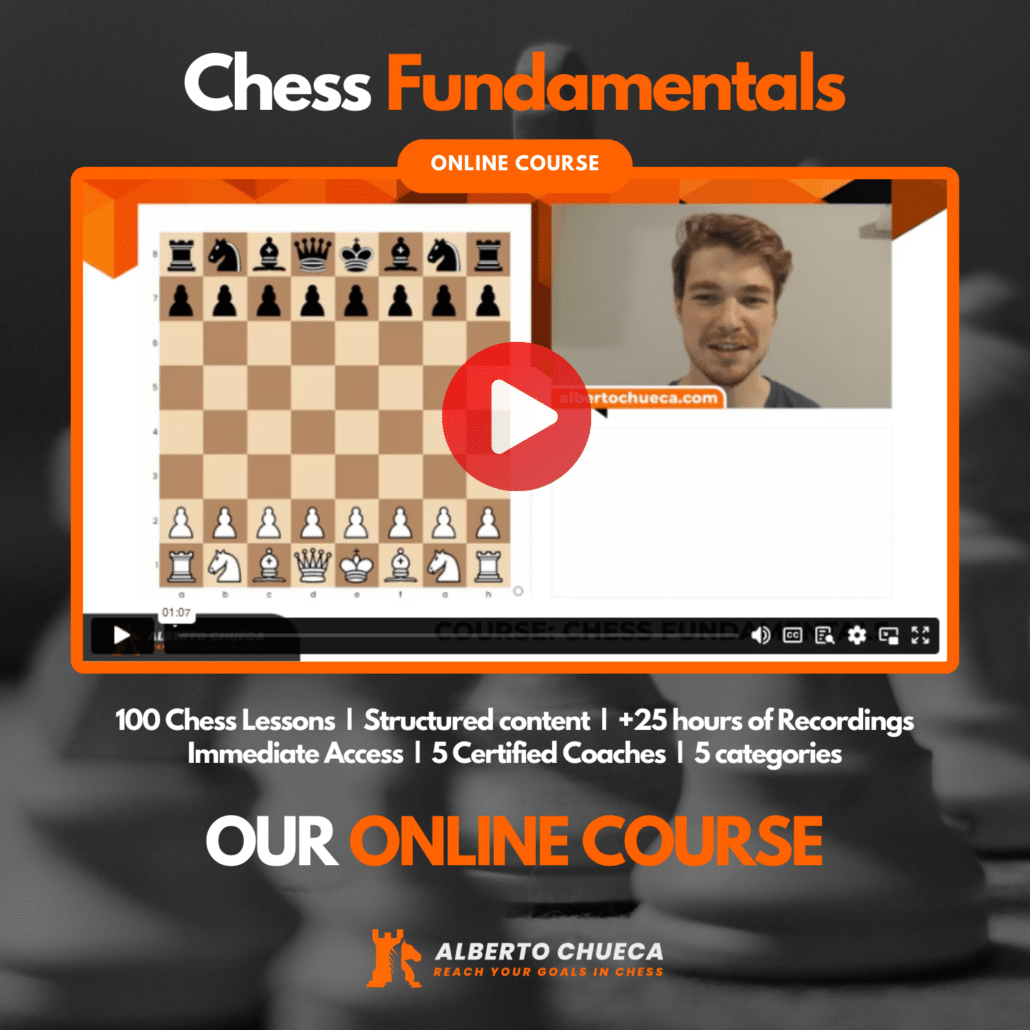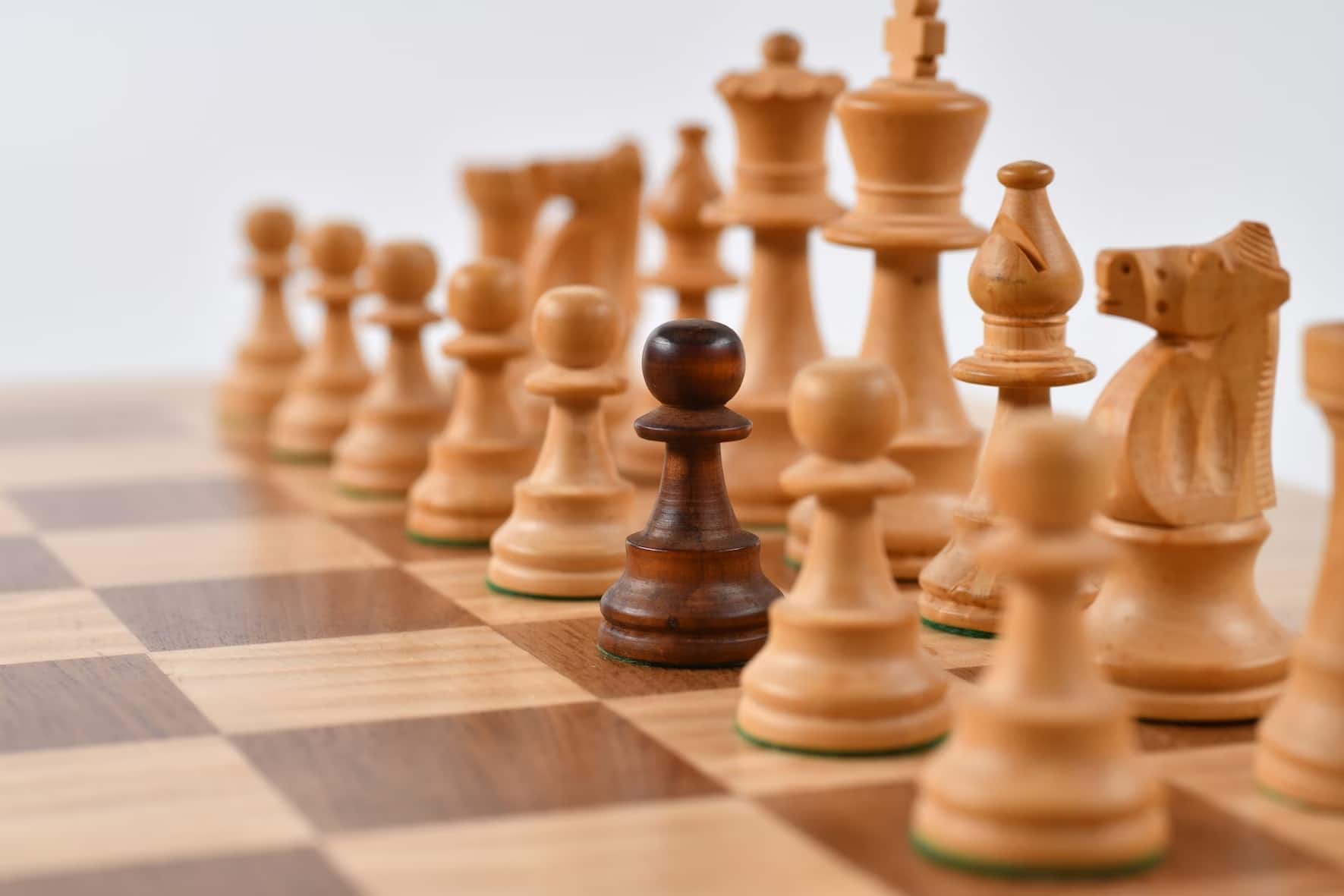Chess principles in positional chess are as beautiful as combinative chess if played correctly, also a very important part of chess. As there are players whose style is more combinative, positional chess also occupies a special place.
If we talk about positional chess, we have to talk about Anatoly Karpov, whose style was purely positional. Positional chess is all about restricting your opponent’s move and improving your position.
This article is meant for the advanced players because as you know, chess has many exceptions. The regular player knows about the king’s safety and piece activity, but these concepts are a little more complex.
Today we will see the top 5 advanced positional chess principles for advanced players.
Table of Contents
Chess principles
1. Learn to delay the castle

Probably you have seen that players at the top level delay their castle until a certain point in their games. The idea is to prevent your opponent’s plan by not defining the position of your king.
This idea is especially when you are playing black against the king’s Indian attack or the Closed Sicilian. In that case, you can make your opponent lose some time by castling on the other side, or not castling at all!
Of course, this is a double-edged sword, as you have to make sure your opponent doesn’t open the center. If your king is in the center and the center gets open while your opponent is castled, you are done, that's like a chess principle.
But in general, if you have a closed pawn structure in the center, delaying the castle could be a good idea. Even in some cases is good that you advance a pawn or do a pawn break before your king gets castled.
The only rule is that you have to be prophylactic and make sure there is no direct threat against your king.
2. Improve all of your pieces
We all know that we have to develop our pieces, put them in good squares, and so on. However, many people seem to be resistant to developing their pieces in the middle game!
Usually, beginner players restrict themselves to the stoic principles of chess development. But in chess, things tend to change, and so does the position of the pieces. In some cases, is best to start maneuvering to change your pieces’ positions in the long term.
However, it is not as easy, as you have to consider many things, like if you have time, or if you unprotect something.
Improving all of your pieces is not simply about developing them, but you also need to know the best squares for them. It’s about making a plan, and then, developing your pieces according to that plan.
It’s usual to see beginners have pieces with different purposes, and they never coordinate. Your pieces are your forces, your forces have to be coordinated to execute one plan, not two or three.
3. Chess is all about space
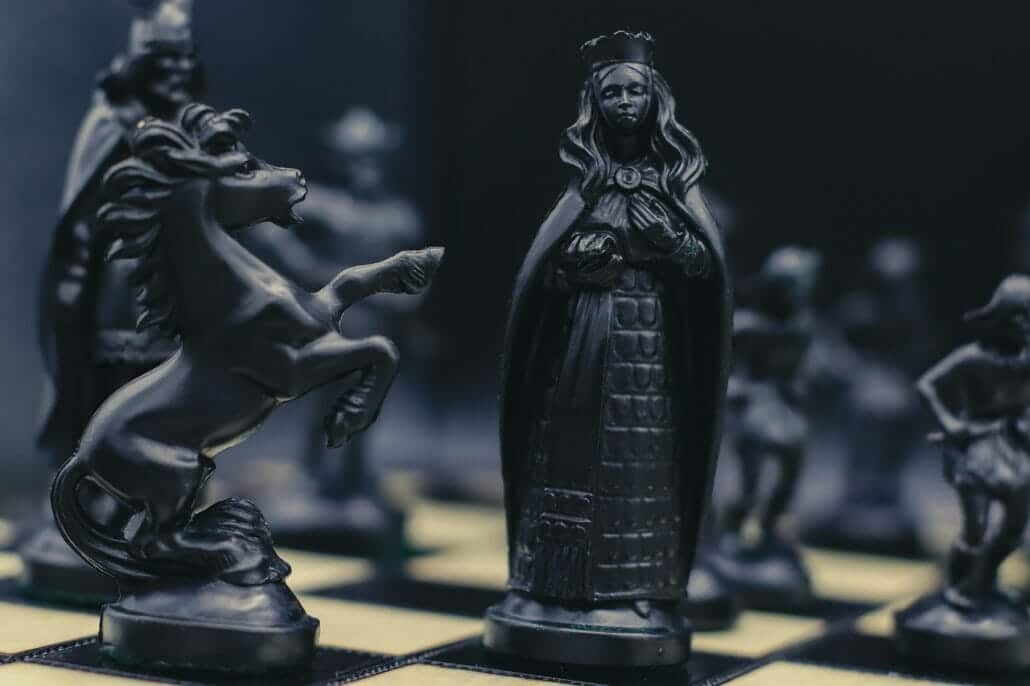
Taking space in chess represents an important advantage at any stage of the game. Many players think that you can get space on the board only in the middle game or late game, but no.
In the opening is also important to take space, some masters even say the opening is all about space. However, we are also told that we do not have to advance many pawns in the opening, but this is relative.
If we can take space on the board without suffering an obliterating attack, we can do it. Of course, is risky, but if you find a way to survive your opponent’s lead in development in the long term it pays off.
However, one must be very careful about how he takes space, sometimes our opponent lures us and we fall into a trap. But the important principle is the following, one must take space at any time only if will be possible to maintain it.
There is no point in taking the space if our structure can be crushed, or if that will give a good pawn break to our opponent. And this principle goes by the hand of the following principle:
4. Create a favorable pawn structure
Some players advance pawns aimlessly, as the game develops, and this is not correct. You have to think first about your plan and the way you want to do things, and then advance the pawns.
It’s a common mistake, even at the top level, players move pawns when they don’t know what to move! And this is the worst thing you can do, as pawns will never go back to the same square.
In chess one of the first things we learn are pawn breaks, but executing a pawn break is a very important decision. Before you advance a pawn we recommend you wonder, “how will this affect my structure?”.
If you don’t have clear the effects of a pawn break, is probably better that you don’t do it, at least, not for the moments. Remember, pawn structure is a factor that affects all of the game, you have to think very well.
5. Be realistic
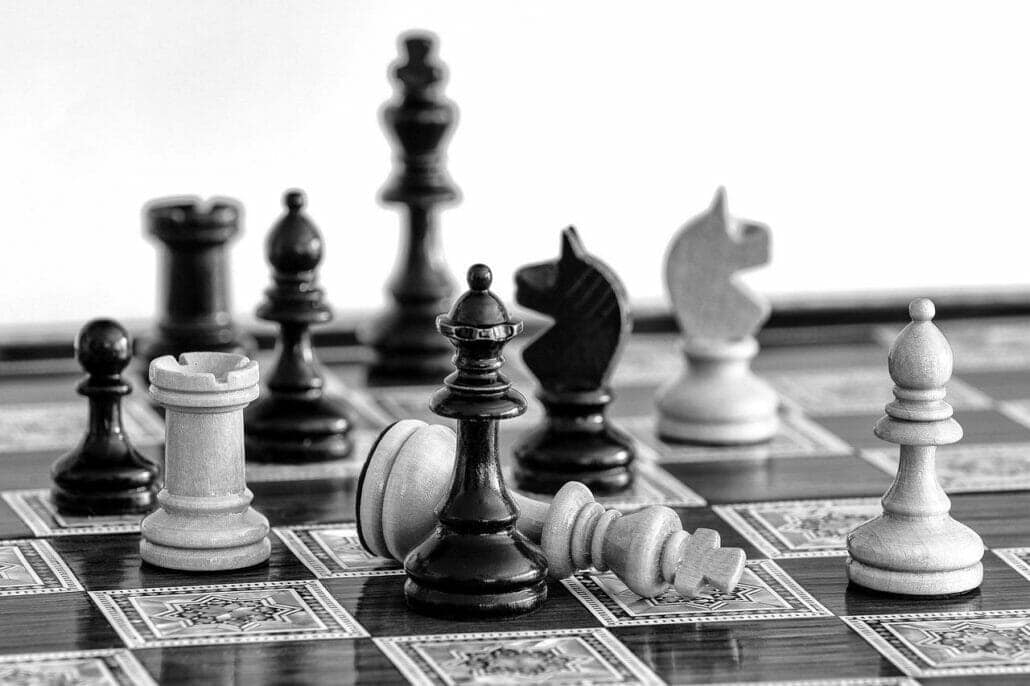
Being realistic in chess is not easy, especially when you have to admit that you made a mistake. There will be chances at chess when you simply won’t be able to win, and you have to accept that.
These are the top 5 positional chess principles for advanced players, this is especially for advanced players. Once you reach a certain level, you will face players that don’t blunder pieces or miss wins.
For example, when you reach a 2000 rating, you need to start being realistic. This means that if you are worse than your opponent, you should play for a draw, and not try to win.
Trying to get winning chances in a drawish position can end up giving the victory to your opponent.
You may also like:

